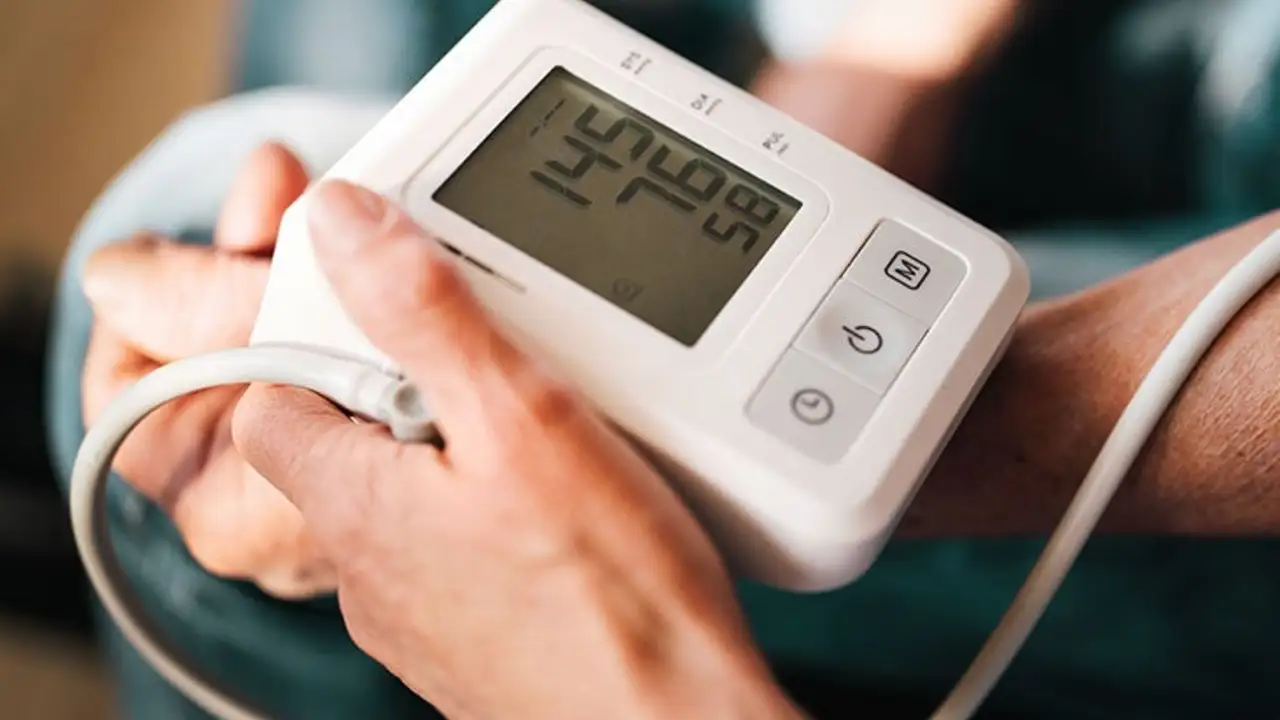Hi there! It's always a journey, managing my blood pressure with enalapril-hydrochlorothiazide. In this post, I'm sharing my experiences and tips on how we can overcome common challenges faced during treatment. From dealing with side effects, to maintaining consistency with our medication, let's explore solutions together. Join me in navigating our health journey with a positive attitude.
Hypertension Treatment Tips: Easy Steps to Lower Your Blood Pressure
High blood pressure feels like a silent weight, but you can lift it with a few everyday actions. Below are real‑world tips that work for most people, no exotic foods or crazy workouts required.
Everyday Lifestyle Changes
First, look at what you eat. Cut back on salty snacks, canned soups, and processed meals. Aim for less than 1,500 mg of sodium a day – that’s about one teaspoon of salt. Swap a salty chip for a handful of unsalted nuts or fresh veggies with hummus.
Next, add more potassium. Bananas, sweet potatoes, spinach, and beans are cheap and raise potassium levels, which helps counter sodium’s effect on blood pressure.
Drink enough water. Dehydration can make your heart work harder, nudging the pressure up. Aim for eight glasses a day, and limit sugary drinks and alcohol. If you do drink alcohol, keep it to one drink for women or two for men.
Move your body. You don’t need a marathon; a brisk 30‑minute walk most days does the trick. If time is tight, break it into three 10‑minute walks. Consistent activity improves the flexibility of blood vessels and reduces pressure.
Watch your weight. Even a small loss—5 to 10 % of body weight—can drop systolic pressure by 5–10 mmHg. Use a scale weekly, not daily, to avoid frustration.
Stress matters, too. Try a simple breathing exercise: inhale for four seconds, hold for four, exhale for four, repeat five times. Do this when you feel tense or before bedtime. Consistent practice can calm the nervous system and modestly lower pressure.
Smart Use of Medication
If your doctor prescribed medication, take it exactly as directed. Missing doses or stopping early can cause rebound spikes. Keep a pill organizer or set a phone alarm to stay on track.
Know your meds. Common classes include ACE inhibitors, ARBs, thiazide diuretics, and calcium‑channel blockers. Each works a bit differently, so ask your pharmacist how it helps you and what side effects to expect.
Don’t mix over‑the‑counter drugs without checking. Some pain relievers (like ibuprofen) can raise blood pressure. If you need pain relief, ask if acetaminophen is safer for you.
Regular check‑ups are key. Bring a log of your home blood‑pressure readings to the appointment. If numbers stay high, your doctor might adjust the dose or try a different drug.
Finally, combine meds with the lifestyle tips above. The best results usually come from a team approach—your body, your doctor, and your daily habits all working together.
Lowering blood pressure isn’t a one‑time fix; it’s a series of small, doable steps. Pick one change this week, stick with it, then add another. Over time you’ll see the numbers fall and feel better, too.

